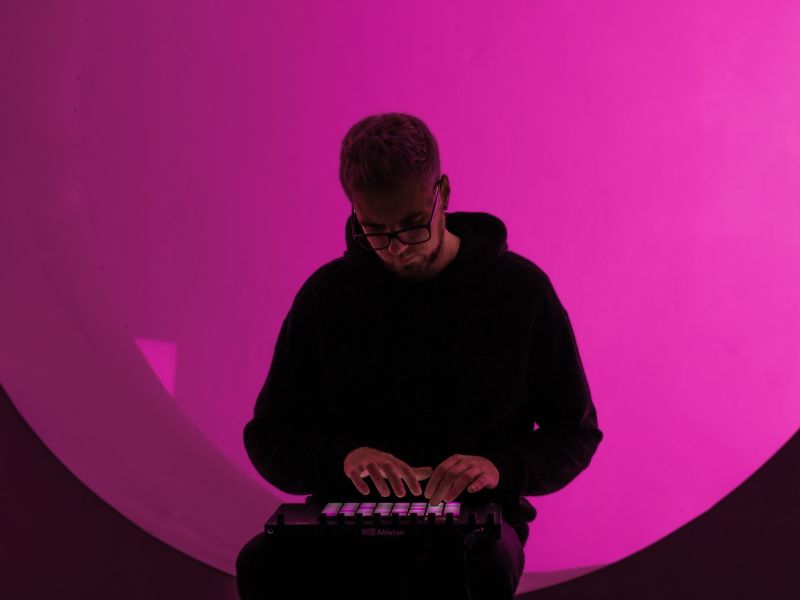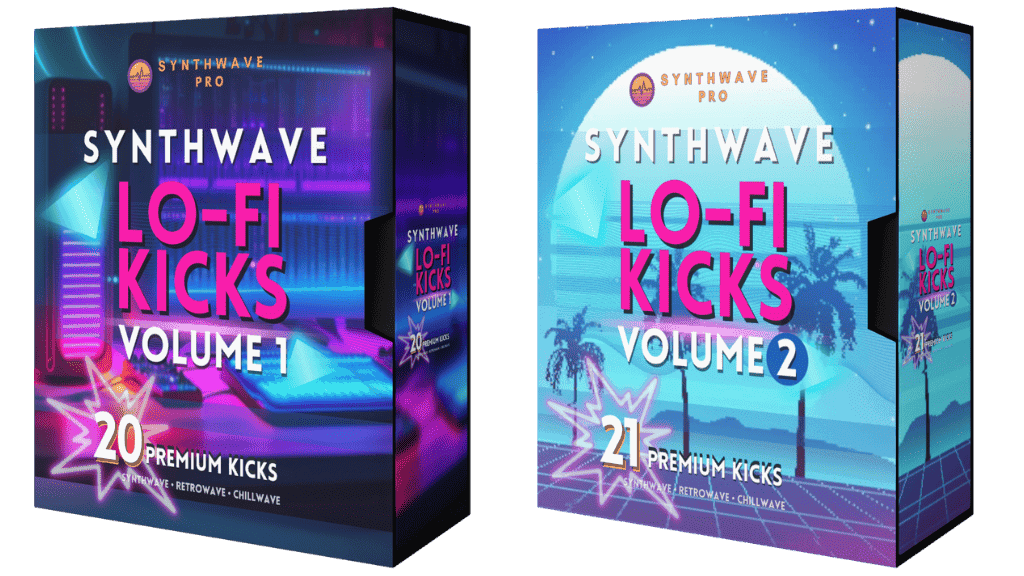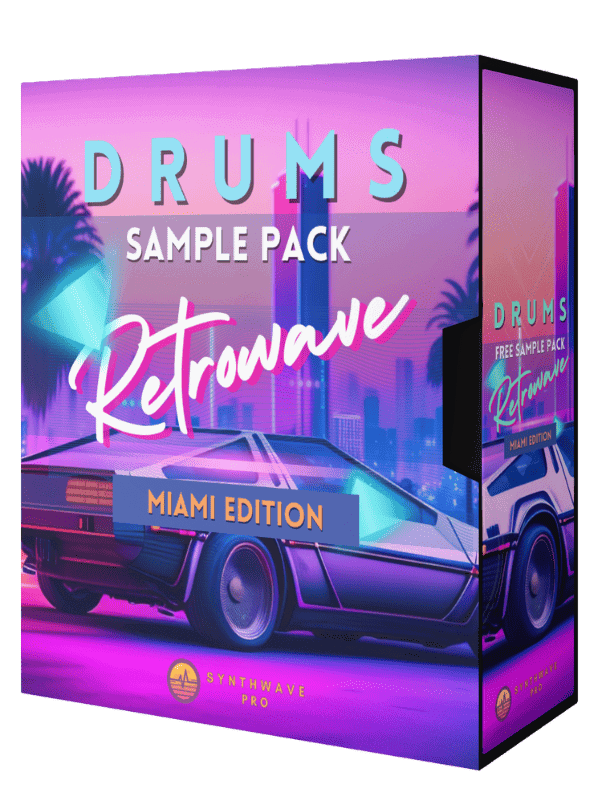The kick drum, often referred to as the heartbeat of a song, holds immense power in shaping the overall impact and energy of a track. As music production continues to evolve, so do the techniques and tools used to create the perfect kick drum sound. In this blog post, we’ll delve into the anatomy of a kick drum sample and explore the factors that differentiate a good kick drum sample from the rest.
1. Impeccable Sound Quality
A good kick drum sample begins with superior sound quality. A clean, well-recorded kick sample forms the foundation for any production. Look for samples that exhibit clarity, depth, and richness in their tonal characteristics. A well-captured kick drum provides a solid starting point for further processing and manipulation.
2. Versatility and Genre Compatibility
Versatility is key when selecting a kick drum sample. A good kick sample should be adaptable across various genres and styles. Whether you’re producing EDM, hip-hop, rock, or pop, a versatile kick sample should blend seamlessly into different musical contexts without feeling out of place
3. Distinctive Character
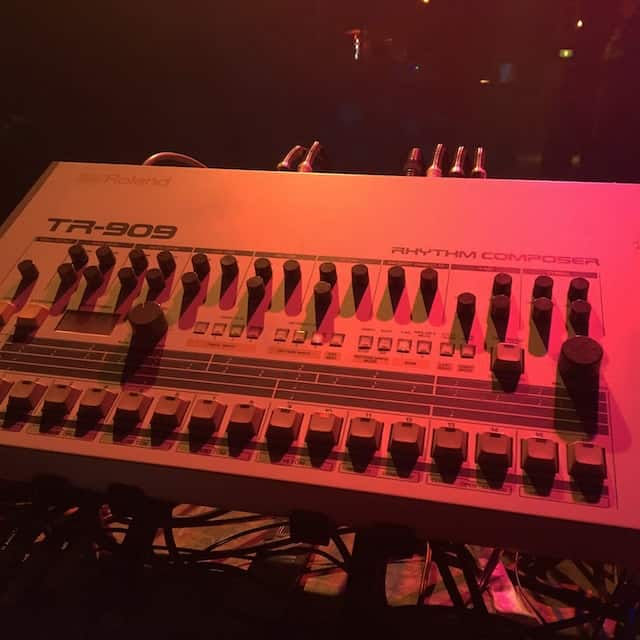
While versatility is important, a kick drum sample should also possess a distinctive character that sets it apart. The kick should have a unique sonic fingerprint that contributes to the overall personality of the track. Whether it’s a deep thud, a sharp click, or a resonant thump, the kick’s character can define the mood and vibe of the music.
4. Balanced Frequency Spectrum
A well-crafted kick drum sample should cover a balanced frequency spectrum. It should have a defined low-end thump that’s felt in the chest, a punchy midrange that cuts through the mix, and a controlled high-end click or snap for clarity and presence. The right balance ensures that the kick is audible on various playback systems and doesn’t overpower other elements in the mix.
5. Sonic Compatibility with Other Elements
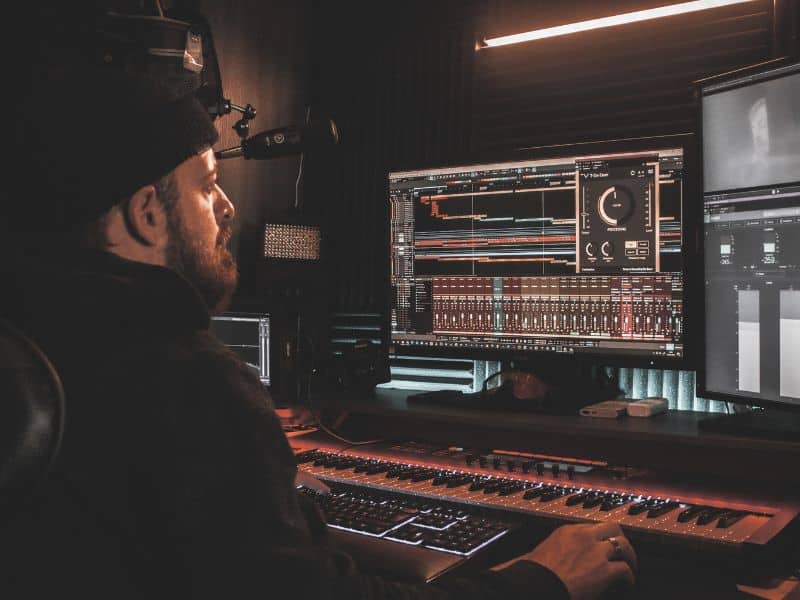
A good kick drum sample should play well with other elements in the mix. It shouldn’t clash or compete with other low-frequency elements like basslines. Instead, it should complement and enhance the overall sonic landscape, creating a cohesive and harmonious blend of sounds.
6. Processing Potential
While a great kick drum sample can stand on its own, it should also respond well to processing. Producers often apply effects like EQ, compression, saturation, and transient shaping to fine-tune the kick’s sound. Look for samples that maintain their character and impact even after processing, allowing you to shape and mold the kick to suit your production’s needs.
7. Expressive Dynamics
A dynamic kick drum sample can inject life and movement into a track. Samples that capture variations in velocity and offer multiple articulations (e.g., soft, medium, hard hits) can add a human touch to electronic productions. The ability to convey emotion and energy through different levels of force is a hallmark of a good kick drum sample.
Conclusion
In the intricate tapestry of music production, the kick drum sample stands as a critical component that anchors the rhythm and pulse of a song. Selecting a good kick drum sample involves a keen ear, an understanding of genre requirements, and an appreciation for sonic nuances. The perfect kick drum sample strikes a balance between sound quality, versatility, character, and compatibility, empowering producers to create tracks that resonate with listeners on a profound level. As technology continues to evolve, the quest for the ultimate kick drum sample remains an exciting and essential journey for music creators around the world.
Recent Posts
Finding time to produce music while managing a job can be challenging, but several strategies can help you balance both effectively. Prioritize Music Production Make music a priority in your...
We often imagine making music as an effortless flow of creativity—strumming guitars in sunlit rooms or producing beats late into the night with pure passion. But for many musicians, there’s a...

